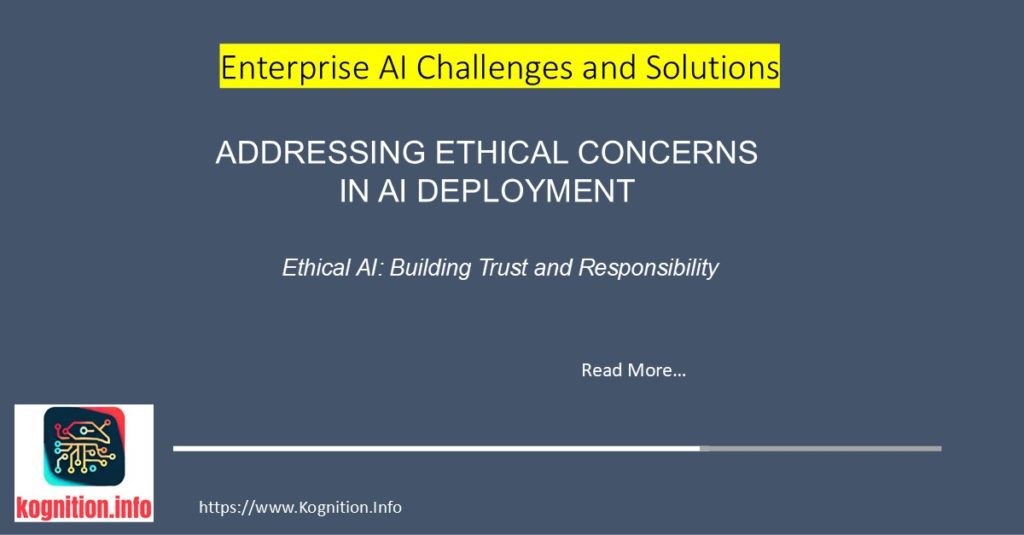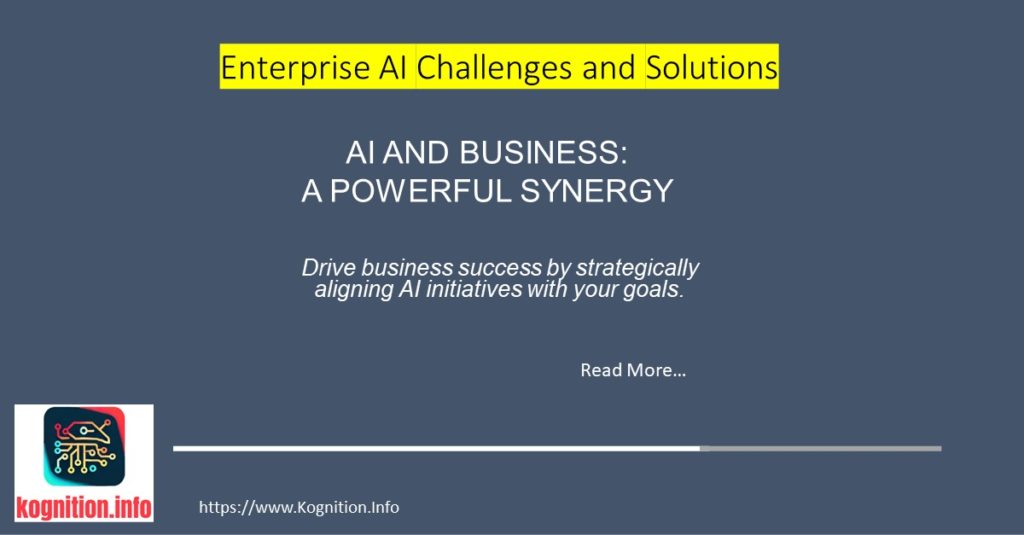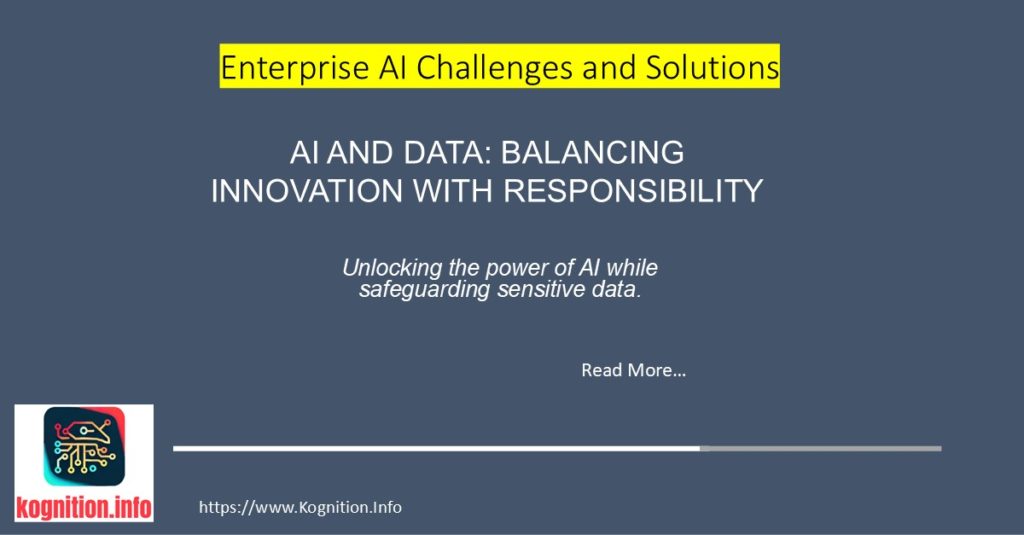Intelligent Defense: Implementing AI-Powered Security Solutions Fighting AI with AI: The new frontier in enterprise cybersecurity. Traditional security approaches have reached their cognitive and computational limits as cyber threats evolve in sophistication, speed, and scale. From deepfake social engineering to autonomous malware, AI-powered attacks operate at machine speed and scale, exploiting vulnerabilities faster than human…



